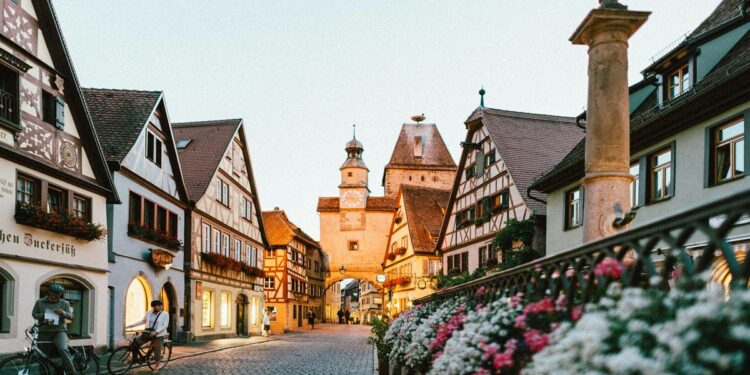SpaceX Crew-9 docks with ISS: Sunita Williams and Butch Wilmore welcome new team, NASA astronauts to return home next year

Eye on festive season: E-commerce firms ramp up fulfilment capacities in small cities

Kerala govt to release revised guidelines to prevent mpox spread in state

Vodafone Idea shares plunge 24% in last 2 days; share value slips below Rs 10 to 52-week low
The Indian experience
ANECDOTAL EVIDENCE OF hill stations such as Manali, Shimla, Nainital, etc., being overwhelmed by the rush of visitors every summer is abundant. In recent memory, however, some cases have indeed come up, including Joshimath in Uttarakhand which witnessed wide cracks appearing on roads and buildings last year. Geologists stated this was due to Joshimath being situated in a high-risk seismic zone, unplanned constructions of residences and hotels, and overdrawing of natural resources like groundwater. Following this, Uttarakhand Chief Minister Pushkar Singh Dhami ordered carrying capacity assessments of the state’s hill towns. The state government also set a daily cap of 47,500 pilgrims for the Char Dham Yatra following this incident, which was revoked after pressure from local people, resulting in a record-breaking 4.47 million footfall.
A high entry fee works as a filter
The most common solution for regulating the number of visitors, by and large, has been the introduction of a tourist or entry fee. The Cinque Terre Park in the Italian Riviera is now charging €15 for access to a popular coastal footpath to tackle overcrowding, and Mt Fuji authorities have imposed a fee of ¥2,000 per climber, along with installing view blockers at a popular tourist selfie spot due to disruptions to neighbouring residents and businesses.
Other measures include banning tourist entry, such as that in the famous geisha district of Gion in Kyoto. However, the most successful example of tackling over-tourism is from neighbouring Bhutan, which promoted the concept of high-value low volume tourism—tourists must pay a $100 sustainable development fee for each night. This is lower for Indian, Bangladeshi, and Maldivian nationals.
Sustainable tourism is the way forward
STRIKING A BALANCE between a tourist spot’s carrying capacity and income generation potential is essential. The United Nations World Tourism Organisation has listed one of its aims as sustainable tourism — tourism that takes full account of its current and future economic, social, and environmental impacts, addressing the needs of visitors, the industry, the environment, and host communities. The first step towards it would be a proper capacity assessment of the locale, which should then be adhered to by authorities. Persuading tourists to visit in the off-season and following Bhutan’s example by investing the income from fees into improving infrastructure, can also help in optimising the benefits of tourism.
Source link : https://www.financialexpress.com/life/lifestyle-explained-why-europe-is-fed-up-with-tourists-3479651/
Author :
Publish date : 2024-05-07 07:00:00
Copyright for syndicated content belongs to the linked Source.



